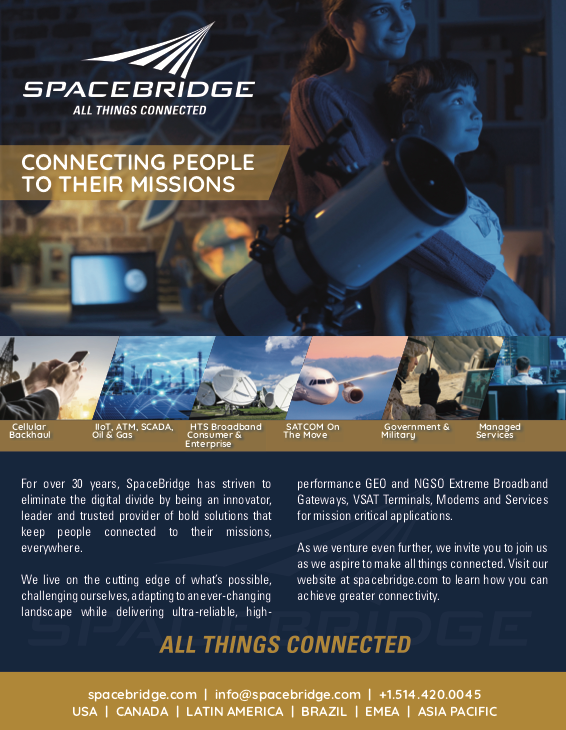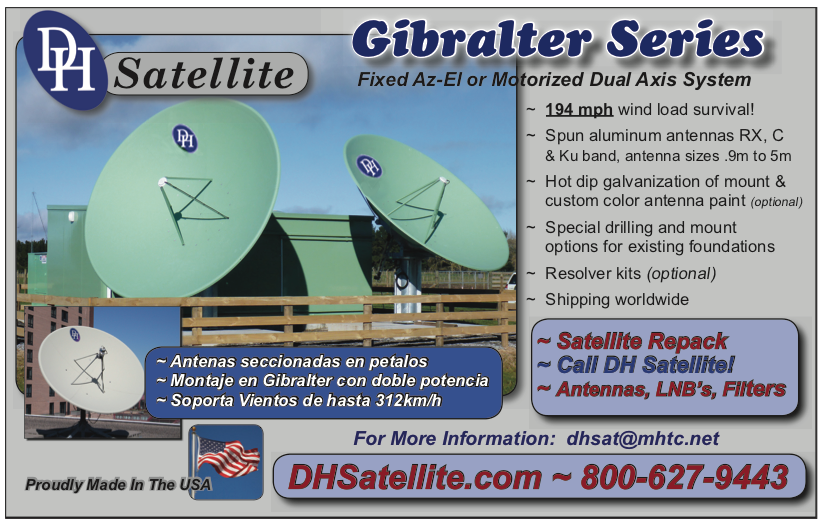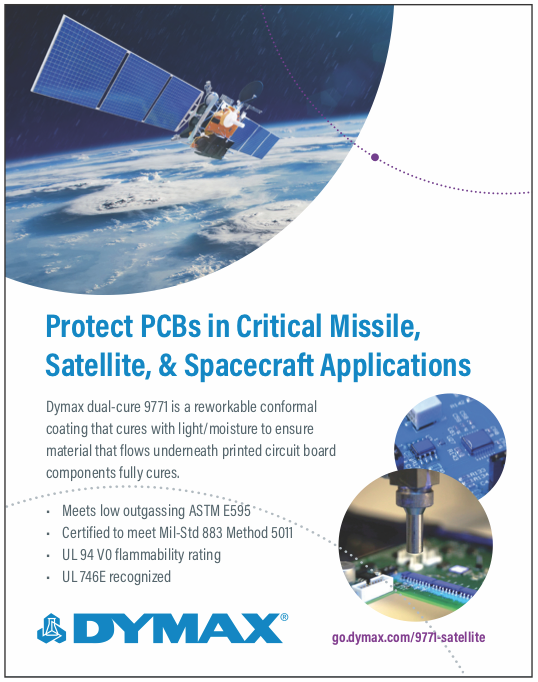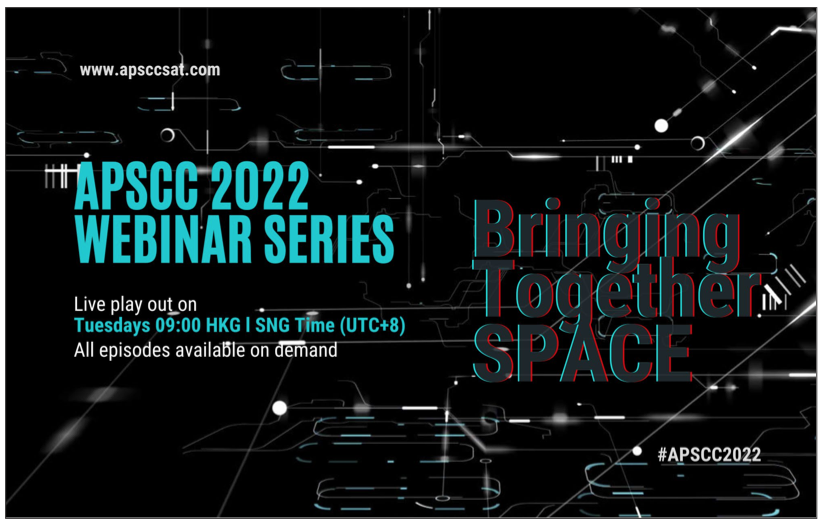While fixed and mobile providers have taken great strides in bringing high-speed broadband service to nearly every corner of the globe in the last decade, the industry is undoubtedly at a tipping point.
Investments have dramatically increased in Low Earth Orbit (LEO) satellites as they are — compared to the larger satellites sent into a higher orbit — less expensive per satellite and easier to launch, replenish and update. These smallsats also require less power and have shorter data transmission latency. However, despite the benefits, there are tradeoffs to keeping costs down for the market segment they hope to capture. Individually, LEO satellites cover far less ground than satellites in higher orbit because they are at a low altitude, needing thousands of satellites and numerous ground stations to ensure coverage. As a result, the total system cost is higher than terrestrial counterparts since these are space-based systems.

Key LEO Communication Constellation Capabilities
When providing end-users communication services, there must be value added. Likewise, it is useful to review some desired capabilities from the LEO constellations.
• Data link speeds: The data rates offered must be fast enough to support the breadth of modern services, including video streaming.
• Quality of service: The quality of service needs to be as close to terrestrial telecom as possible, reaching 99.999 percent of availability. Yet to enable a data link in space, there are two factors, availability during a data session and satellite system availability when initiating a session.
• Global coverage: A unique facet of LEO constellations is the broad global coverage afforded by the breadth of satellites. However, constellation architectures may limit coverage in higher latitudes unless designed for this coverage.
• Very low latency connectivity: A unique capability is using space-based routing to minimize the latency of a connection between disparate locations on Earth. Several applications can use extreme low latency services.
• Edge computing: Just as edge computing considers terrestrial networks, space-based networks can leverage telecom architectural construct.
All current LEO constellations consider these parameters and translate said requirements into designs they deemed best for their customer base. Nevertheless, it is useful to examine, analyze and further explore value-added capabilities beyond the offerings of terrestrial communications.
One perspective of LEO constellations is that they are just extensions of the terrestrial telecom network. As such, they can use the unique factors of global coverage and low latency to provide advantages beyond terrestrial networks. However, operating like a terrestrial telecom network assumes several factors. Namely, the ability to route to any communications node and the network management capability to optimize things like least latency routing, on- demand data rate management, system capacity management and the management of various system services.
What enables these LEO constellations to have similar functions to terrestrial networks is their capacity to do in-space connectivity between satellites. Inter-satellites have these communication capabilities because of Optical Wireless Communications (OWC) and are called optical inter-satellite links (OISL). On the contrary, the early OISL solutions do not necessarily support the notion of a flexible communications network.
Unique Factors Related To Space-Based Comms Services
The use of a satellite adds constraints to the system design. Likewise, the addition of a communications terminal will influence several aspects of the spacecraft base chassis, normally known as the spacecraft bus. All OISL solutions need to consider the mass of the optical terminal and its relation to overall mass budgets for the satellite. Similarly, the power consumed by the optical terminal is a large factor in sizing satellite buses.
Also, the operational volume of the optical terminal is important as most optical solutions have dynamic envelopes. Meaning that in systems that use mechanical gimbals to steer the optical beam, the telescope must move its direction, creating a larger volume than the static envelopes. The slew rate of steering the beam is a criterion that decides if covering multiple satellites is possible. The possible slew rate of a mechanical gimbal will not support either multiple satellite coverage or the closing rate of satellites moving in cross plane connections.
One of the other factors related to the satellite bus is the control of bus attitude. Due to influences on the satellite bus, adjustments to the bus attitude through various devices must reorient the bus to its designed attitude. Typically, momentum wheels and thrusters control the bus attitude, but the use of these devices comes at a cost in the budgets planned for energy use. Any mechanical device that influences bus attitude will require energy to compensate for the device. And as a result, using a mechanical gimbal to provide coarse beam steering will add to the energy expenditure of a satellite bus.
These considerations contribute to many parameters that an LEO communication constellation will need to meet to support a unique service to end-users.
The Value Of Point-To-Multipoint Optical Communications
Where do optical point-to-multipoint (PtMP) communications fit into this set of requirements for an LEO communications constellation? The short answer is that any communications technology that can operate similarly to RF, the prevailing wireless technology, the better a communications system can function. However, some details provide more insight into how PtMP communications help meet the parameters needed for an LEO constellation.
The most obvious applicability is related to network architecture. To create a mesh network in space, one must consider that the larger number of connectable nodes, the more robust the network can operate. This robustness translates into the following guidelines:
• More routes help achieve the least latency routing. This process is not just for single users but a multitude. Thus, this is a classic network optimization opportunity.
• More routes for capacity planning. The multitude of connectable nodes provides a communication system for routing and loading traffic across the network. There must be a myriad of nodes to select from, or system capacity will decrease - unlike an architecture that supports more operational nodes.
• More routes will support coverage diversity. Although an OISL is propagating through space, the connection to end-users is from space to ground. Having more routing options to connect to end- users through a diverse set of nodes will assist in delivering a higher quality of service to the end-user.
The advantages of PtMP connectivity to a communications network are clear, but are there advantages beyond the network itself? The answer lies in the terminal designed for supporting PtMP connectivity and its implementation.
Realizing An Optical PtMP Terminal
There has been work done in the past on developing an optical PtMP terminal which has largely not manifested in a product. However, the combination of technology advancement, updated methods of optical design, and lessons learned have enabled a functioning PtMP product to get designed by BridgeComm.
There are three key elements in the optical terminal design; the use of a liquid crystal multilayer switch, a unique optical head assembly design and unique firmware that manages the terminal capabilities. This optical terminal design contributes to added benefits to the overall satellite system design. These design points manifest in MOCA (Managed Optical overall satellite system design. These design points manifest in M Communications Array) technology. These benefits are as follow:
• Smaller operational volume for the optical terminal: Operational volume applies when components dynamically move during the terminal’s operation. If it is possible to eliminate a mechanical gimbal, there will be a notable reduction in the volume required for integration into the spacecraft bus. BridgeComm’s design supports the coarse beam steering function without needing mechanical components. It also allows for static volume that does not require a dynamic volume envelope.
• No added moments of inertia: The satellite bus does not have to accommodate for moments of inertia given the lack of mechanical components needed for coarse beam steering.
• No added power: Likewise, because there is no mechanical component necessary for coarse beam steering, there is no added power requirement other than the operation of the based optical terminal.
• No added mass: Furthermore, there is no added mass for that component in the MOCA technology-based design.
Note: there are operational needs for an optical terminal to support PtMP functionality not traditionally required.
• Bidirectional communication: The assumption is that a terminal supports bidirectional communication in all implementations. Point- to-point terminals will support this function, and MOCA technology will also enable this requirement.
• Tracking: Given that a space-based optical terminal has connections between moving objects, the target transceiver needs to get tracked. Further, this tracking must account for very high speeds as one of the conditions is for cross-plane connectivity where closing rates between satellites are approximately 56,000 km/hr. Such a rate of change in beam direction necessitates agility that will challenge a mechanically- based steering component. MOCA technology can support such a rate as it can perform beam direction changes in a range of microseconds.
• Beam steering to multiple target transceivers: To support a PtMP function, the change in beam direction does require short periods to use TDMA (Time Division Multiple Access) techniques. True multi-point has all target transceivers receiving different user signals simultaneously, but such a capability comes at the burden of higher costs as it requires multiple terminals. A close implementation is to use TDMA techniques to support multiple users with an acceptable level of latency as the terminal switches between users. MOCA technology will support this function. • Rapid signal acquisition: PtMP requires minimal acquisition time to support multiple users. In the case of satellite constellations, ephemeris data is available that allows for a predictable path for satellite movement. The rapid signal acquisition combined with rapid beam steering enables the support of multiple users. In large part, most all- optical terminals can take advantage of satellite ephemeris data to support the signal acquisition.
Combining all these capabilities into an optical terminal creates a product that can complement existing RF systems and still provides the specific benefits that Optical Wireless Communications (OWC) offers. In applications such as inter-satellite links, it may not need to be complemented by RF as the propagation environment of the vacuum of space is quite suited to OWC. However, where there may be atmospheric conditions that could mitigate the quality of service from an OWC terminal, RF could be a “backup mode.” This notion is similar to what already happens in multi-mode mobile phones.
The Future Is Bright For OWC In Space
The LEO communications constellations have recognized that the best medium for inter-satellite communications is OWC. We will see a proliferation of such terminals in the constellations. The next step to expect is expanding the application of OWC to space to the ground, including space to air links. Then, the possibilities for further application expansion are broad, as OWC will complement RF incredibly.
www.bridgecomminc.com

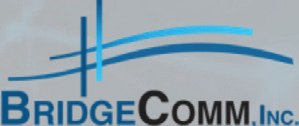
Author Barry A. Matsumori is the Chief Executive Officer of BridgeComm, Inc. His extensive background in the mobile wireless and Space 2.0 sectors spans numerous leadership roles, among them serving as senior vice president of business development and advanced concepts at Virgin Orbit, senior vice president of sales and business development at SpaceX and nearly two decades at Qualcomm, where he was vice president of wireless connectivity. He has also worked with several early-stage technology companies in development and management capacities. Barry holds a bachelor’s degree in business from Arizona State University and earned his master’s degree in electrical engineering from the University of Arizona.


